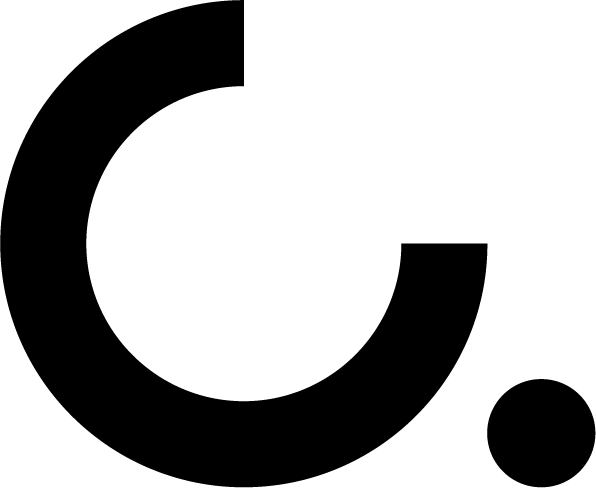Before and Afters for social media - how our clients use our system.
Happy 2019!
We've compiled a small cross section of how some of our clients are using our systems. We believe in leading by example, so have a look and see what industry leaders are able to do when they follow our methodologies.
Key features :
Before and After Templates with branding, watermarks and key info
Standardised capturing methods, lighting and angles.
Keyword tagging for easy retrieval of images ie: post, breast augmentation
Data management of photographs across hundreds of thousands of images.
Plastic Surgeons :
www.instagram.com/petercallanps/
www.instagram.com/drmarkmagnusson/
www.instagram.com/shapeclinic.au/
www.instagram.com/hunterplasticsurgery/
www.instagram.com/cosmeticculture/
Dermatologist :
www.instagram.com/vicdermalgroup/
www.instagram.com/skindepthdermatology/
Cosmetic Clinics :
www.instagram.com/youthlabaus/
www.instagram.com/oceancosmetics/
www.instagram.com/themanseclinic/
www.instagram.com/drsarahhart/



